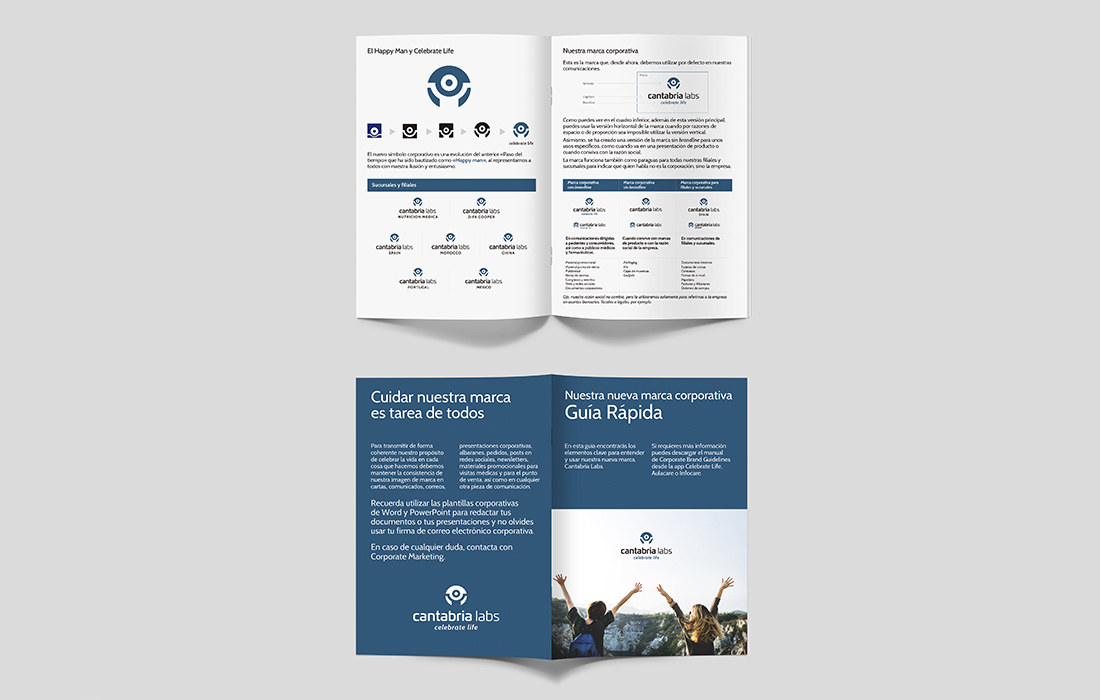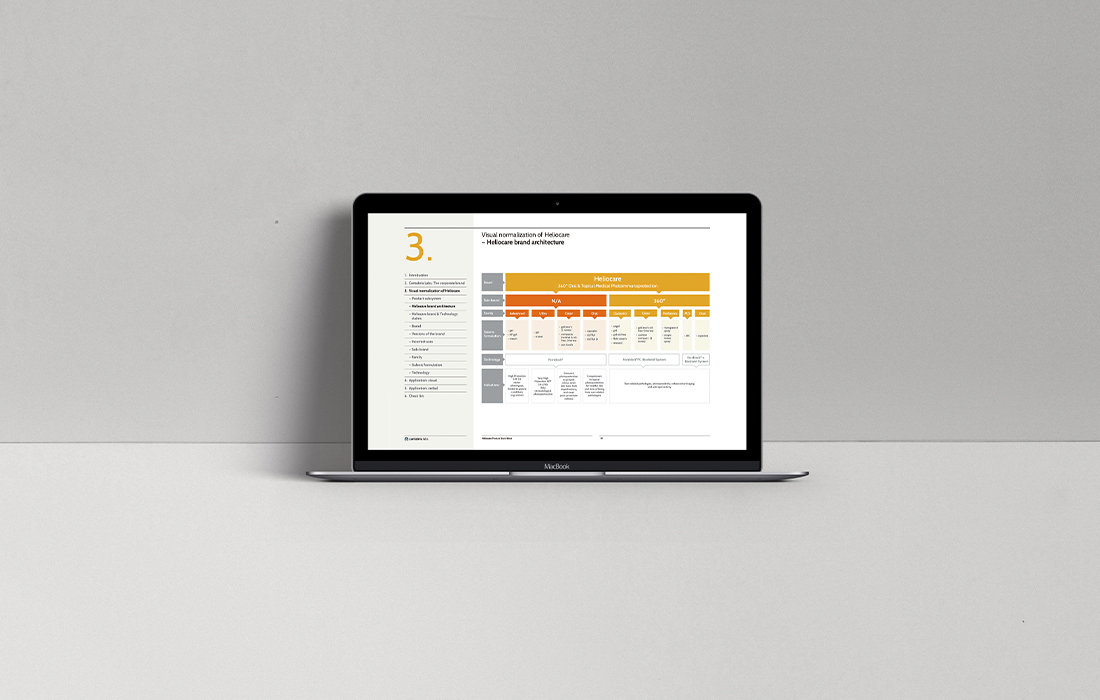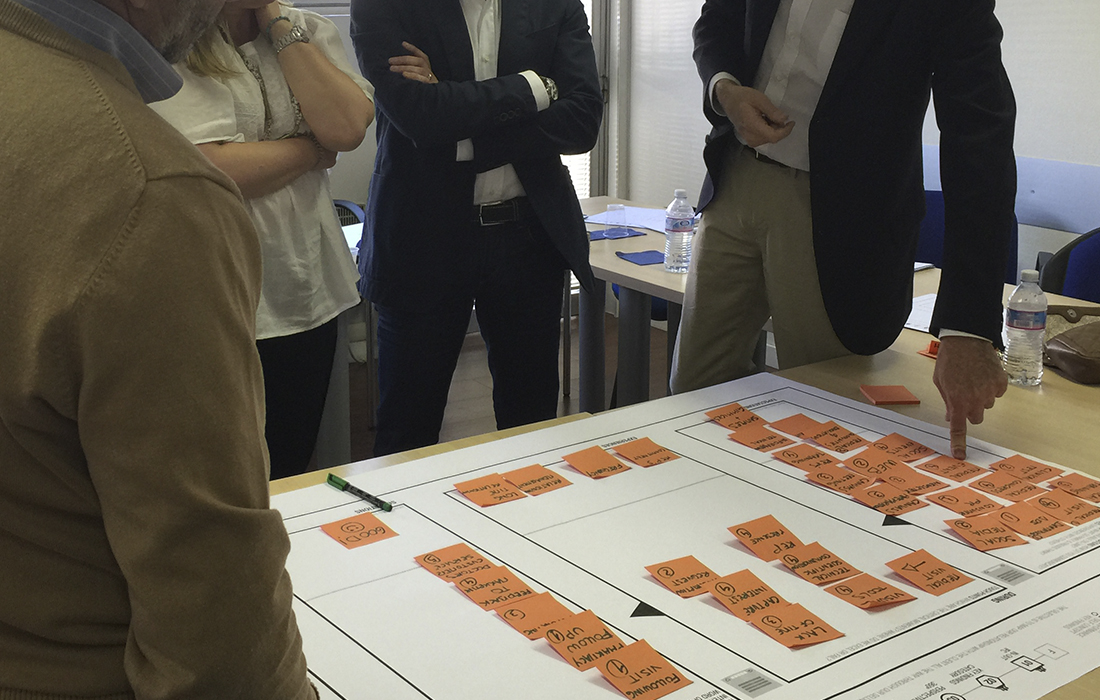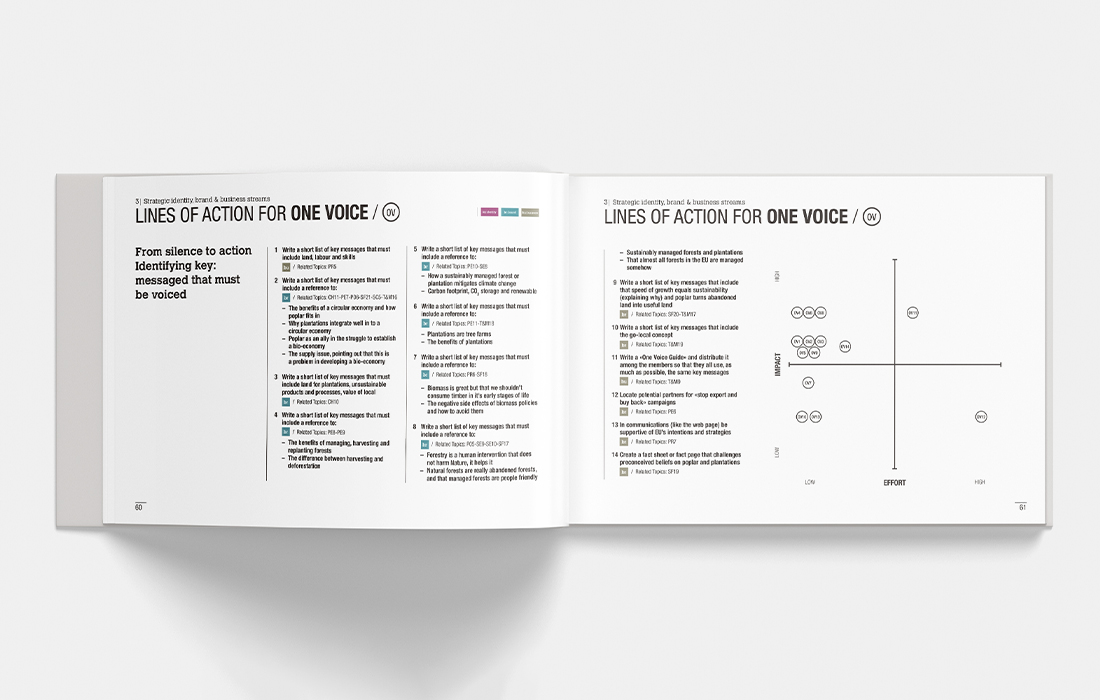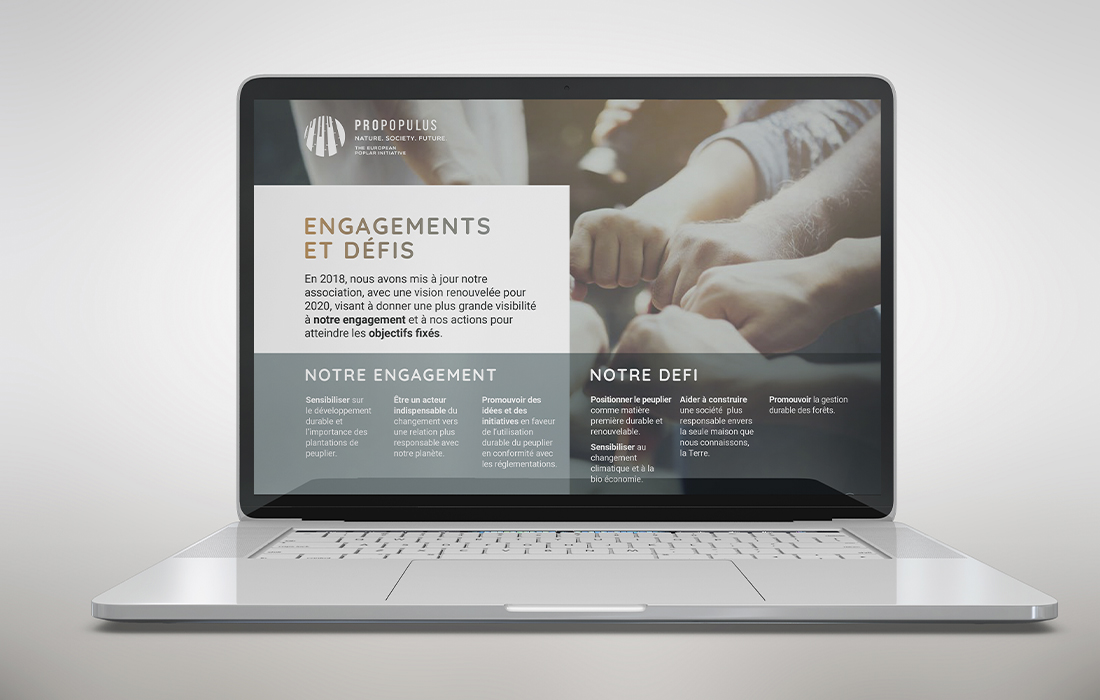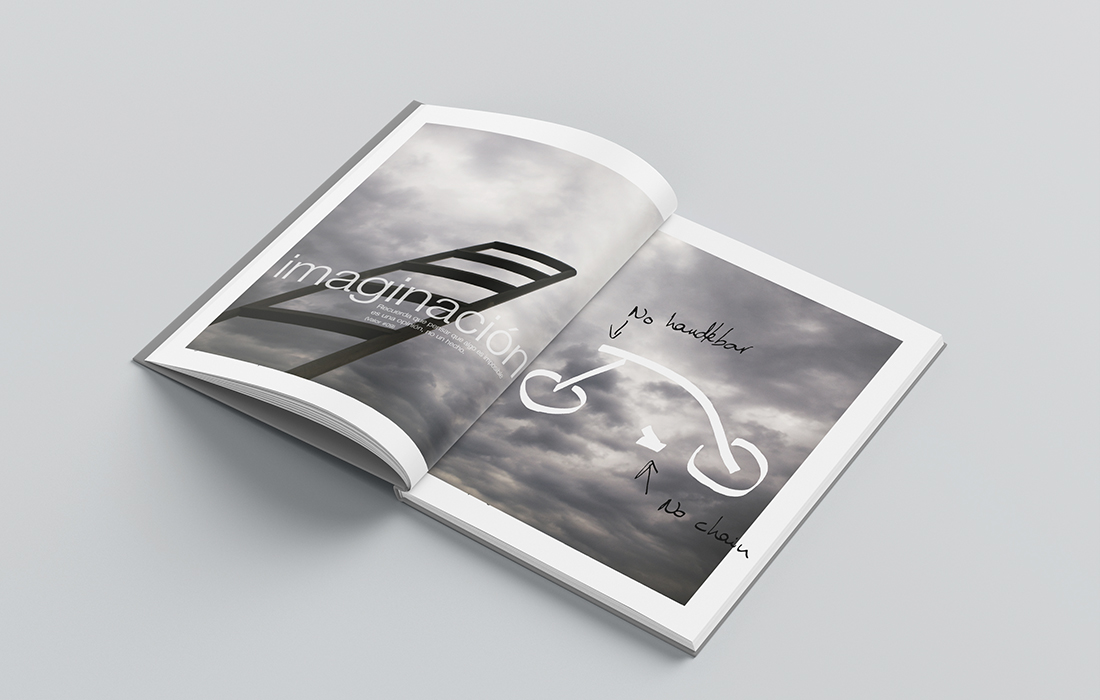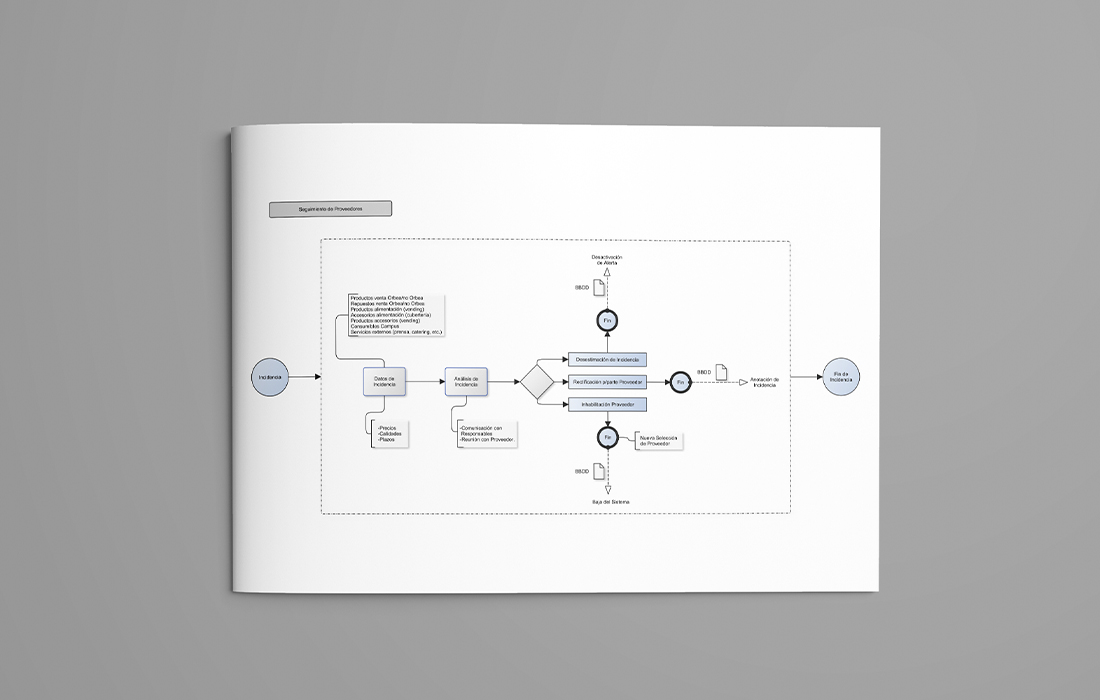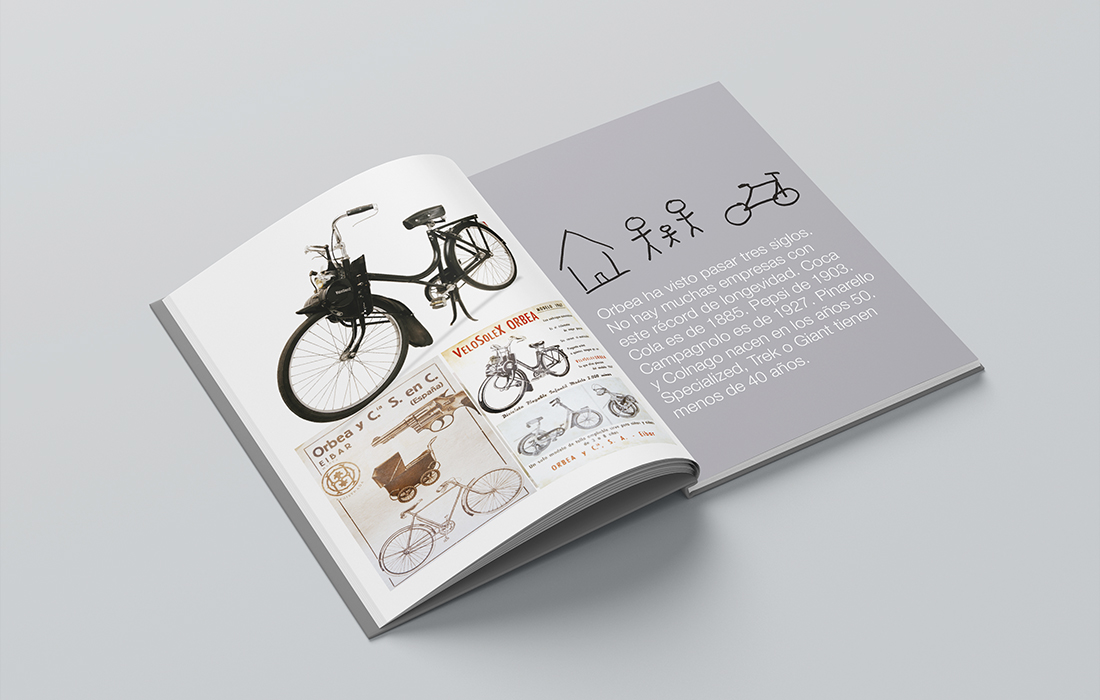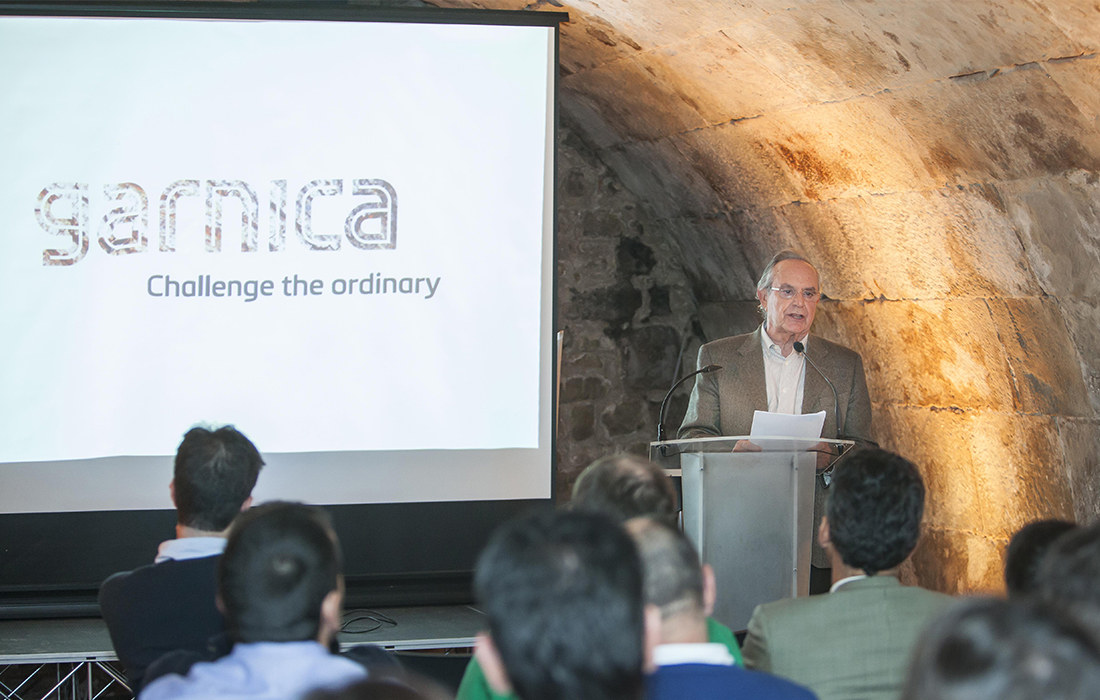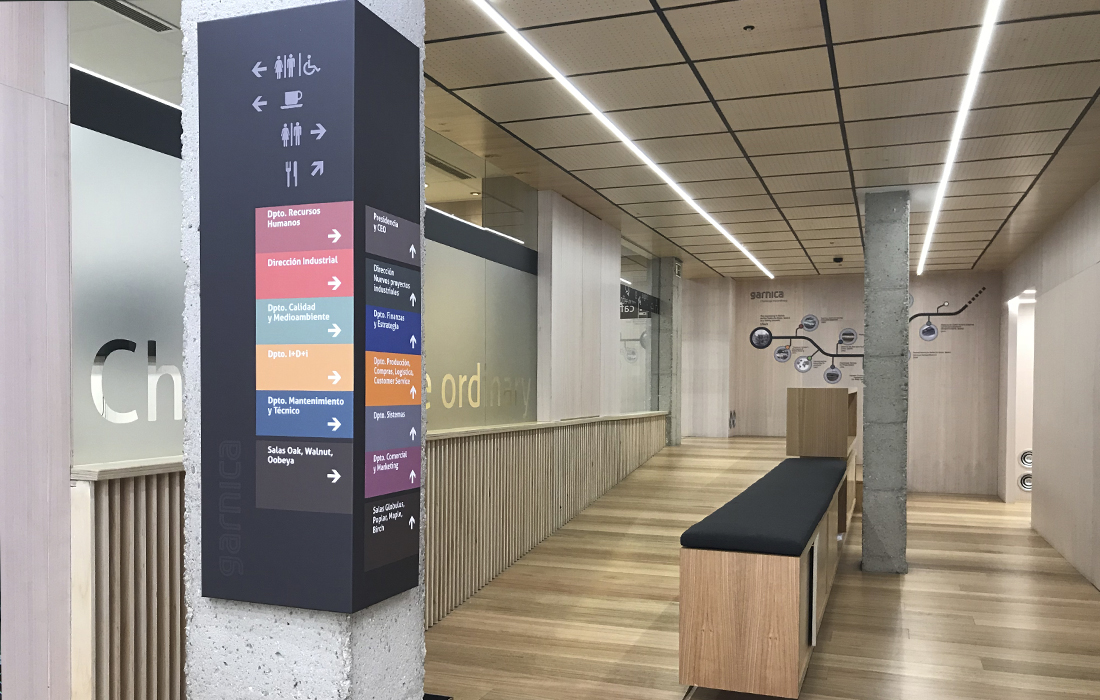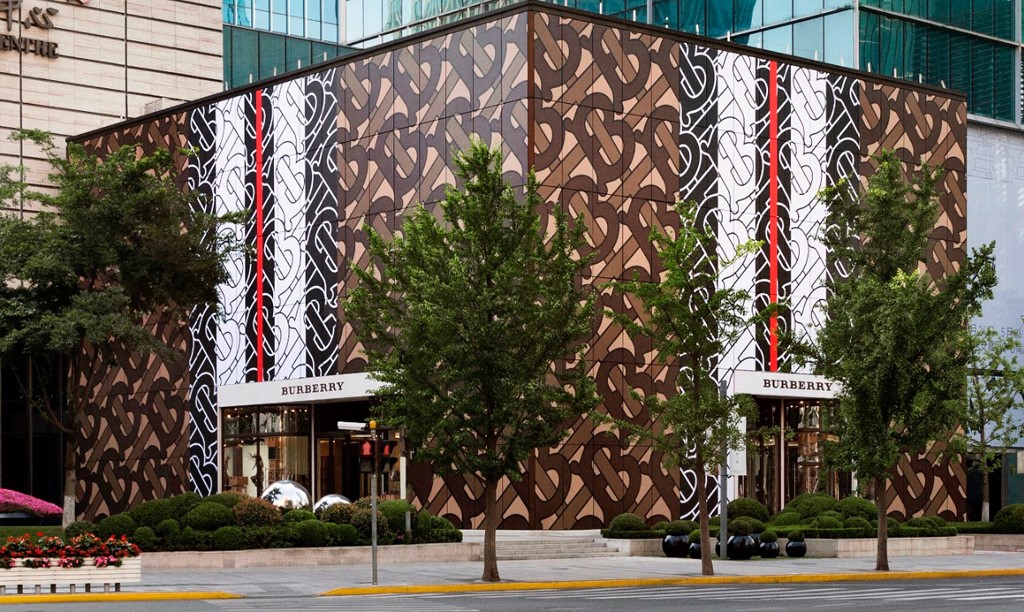
19 Jul Burberry adopts logomania reinventing its image to increase sales
Whiplash Team, July 19, 2019
Burberry adopts logomania reinventing its image to increase sales
Burberry, the famous British luxury brand, leaves behind its unmistakable check pattern of white, black and red lines on a camel background. With the launch of its new collection, last September, the brand showed its intention to renew itself to appeal to new generations. Apparently, the strategy is paying off, since sales in the first quarter of 2019 have soared by 3%.
By the hand of designer Riccardo Tisci –former Givenchy star and known for dressing Beyoncé–Burberry has introduced a monogram with Ts and Bs intertwined in a nod to the name of the firm’s creator Thomas Burberry. The new pattern seeks to give the brand’s products, from scarves to heels, the prestige and desirability attributes enjoyed by its main rivals in the luxury segment, such as Gucci or Louis Vuitton’s LVMH.
This “extreme make-over”, in which the classic check pattern and the discreet combination of colors have been replaced by the monogram and much more striking colors, is part of a strategy designed both to rekindle sales and to conquer the most important segment of young people from the Asian market. As nowadays it is there, in China and Japan mainly, where the bulk of luxury brands consumers are.
On the other hand, on a global scale, according to analysts, users feel weakness for products covered in easily recognizable monograms and logos as a way to show their purchasing power. And companies are willing to satisfy their wishes, even at the risk of trivializing their logo, ergo what embodies their identity.
For experts in the luxury market, such as Robert Burke, using the logo as a claim brings benefits. “The price ratio of a product increases when it has the logo”, he recently told Reuters.
The British firm is not unaware to the dangers it faces in this regard. Just now, under the direction of Marco Gobbetti, Burberry has managed to recover from the damage inflicted on the brand by the overexposure of the check pattern on the camel background, which during the 2000s was so copied and imitated that the sales of the original products suffered sensitively.
For the time being, the firm is optimistic with the results obtained since the launch of the new product line, which in May included offers of handbags, with prices above 600 euros and baseball caps of more than 300 euros. In fact, the company is committed to an increase in the demand for all types of items through campaigns led by the model Gigi Hadid, which apparently are paying off.
But Burberry is not the only one that has adopted the fashion of logos in its products. In fact, it is following on Gucci and Louis Vuitton footsteps, that have been exploiting this trend for a few decades now. So far, also the Italian fashion firm Salvatore Ferragamo has incorporated the so-called “gancini” –a monogram in the form of small hooks– to his designs, especially his moccasins for men or women.
Logomania is getting its way, and in online retail stores show increase in their offer of this type of products. In the case of Burberry, the firm is committed to bring the new monogram to its line of leather products, which offers more appetizing margins, representing 38% of its sales, well below the segment’s leaders Gucci or Louis Vuitton for which leather goods represent between 60% and 75% of their sales. In any case, in the coming months we will see an increase in the offer of luxury products printed with recognizable monograms, which also maximize the profitability of the brand by converting each user into a carrier of their message.




